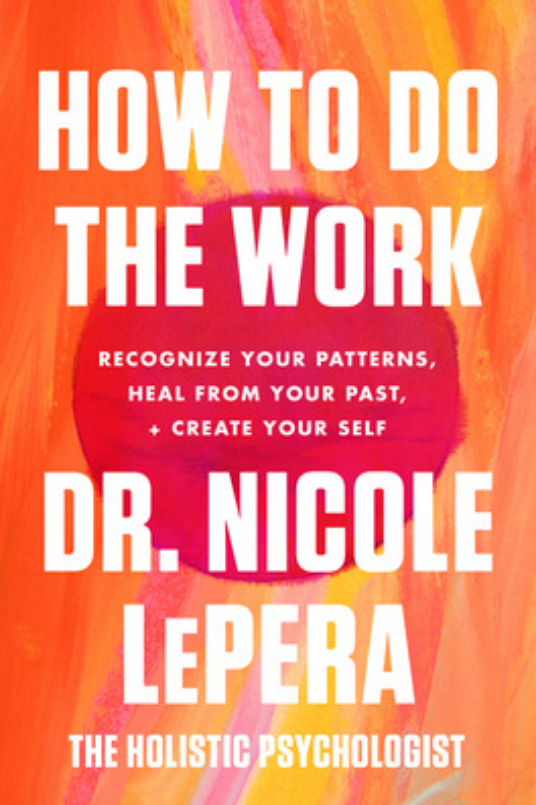It has the potential to eliminate, or at least diminish, a lot of suffering from our lives and the lives of others as well.
We all have had experiences that conditioned us. That created certain cause-effect reactions that might or might not be positive. This book will help you understand those cause-effect relationships and how to change these if they are not resulting in positive experiences.
This is a great book for anyone who wants more peace and less suffering in their lives.
Flow: 5/5
Actionability: 5/5
Mindset: 5/5
Some Of My Highlights:
“Truly comprehending your past, listening to it, witnessing it, learning from it, is a process that enables deep change.”
“Our minds are familiarity-seeking machines. The familiar feels safe; that is, until we teach ourselves that discomfort is temporary and a necessary part of transformation.”
“The first step, a surprisingly challenging one, is to begin to imagine a future that looks different from the present.”
“The mind starts to scream at you convincing stories to keep you in your familiar life with pleas like, ‘You deserve a break.”
“Emotional addiction is particularly powerful when we habitually seek or avoid certain emotional states as a way to cope with trauma.”
“The groundbreaking discovery of epigenetics tells a new story about our ability to change.”
“Biologist Bruce Lipton has been spreading the gospel about the role of epigenetics for years and calls its influence ‘the new biology.'”
“When our body expects to get better, it sends out messages to start the healing process.”
“In other words, traumatic experiences aren’t always obvious. Our perception of the trauma is just as valid as the trauma itself.”
“If parent-figures have not healed or even recognized their unresolved traumas, they cannot consciously navigate their own path in life, let alone act as trustworthy guides for someone else.”
“Identifying your wounding is a fundamental step on the healing journey, and it’s rarely an easy one.”
“Another common boundary crossing occurs when one parent-figure complains to a child about the other parent-figure.”
“So many have projected the overwhelming emotional energy outward, screaming, slamming doors, and throwing things or storming off.”
“The key here is being active; adaptive coping requires effort and a conscious acknowledgment of the discomfort.”
“Our body’s reaction to threat is instinctual and involuntary; it is not a choice we make. We cannot blame someone who believes they are being attacked for lashing out any more than we can blame someone for sweating too much when they exercise.”
“If you lived in a chaotic house where overreaction, rage spirals, disengagement, or fear were the norm, your internal resources were likely tied up in the management of stress (survival, really) and could not freely return to the safe social engagement mode.”
“‘Top-down processes’ recruit your brain to guide your body on a path toward healing. An example of top-down practice is meditation, which in the act of training your attention helps regulate your autonomic nervous system responses.”
“Most exercises that engage the polyvagal nerve that we discuss here employ bottom-up processes, such as breathwork, cold therapy, and the physical aspects of yoga.”
“Another popular nutritional approach that has gained widespread appeal and is supported by various academic studies is intermittent fasting.”
“Fasting gives our digestive system a rest, freeing up the energy that would be devoted to digestion for use elsewhere.”
“The quickest way to improve your gut health – to support your microbes and maintain the integrity of your gut wall – is to eat whole, nutrient-dense food.”
“Maintaining a consistent bedtime routine is also important, as it primes your body to enter the parasympathetic state in the lead-up to actually getting into bed.”
“Given these limitations, we may believe that we are bad when a parent-figure raises a hand to us, instead of knowing that this person, on whom we are dependent for our survival, has difficulty managing their anger.”
“A belief is a practice thought grounded in lived experience. Beliefs are built up over years of thought patterns and require both interior and exterior validation to thrive.”
“A child, after being yelled at by dad after a stressful day at his office, is unable to understand that they are not the cause of his anger.”
“Our romantic partners tend to activate our wounds at the most intense levels, though we can be emotionally activated by anyone in our lives who touches our wounds.”
